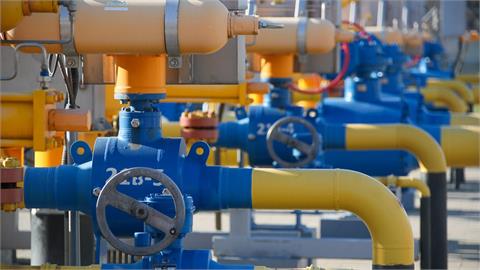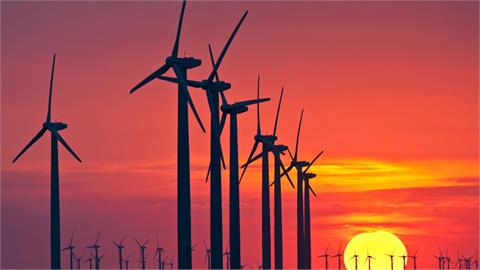Global energy-related carbon dioxide emissions remained unchanged at 33 gigatons in 2019 despite widespread expectations of another increase, according to the International Energy Agency (IEA) data released Tuesday. In spite of the 2.9% global economic growth, carbon dioxide emissions worldwide stopped increasing after two years of growth, thanks to the expanding role of renewable energy sources, fuel switching from coal to natural gas and higher nuclear power generation in the total power production, the IEA noted.
In 2018, global carbon dioxide emissions reached 33.1 gigatons with a 1.7% year-on-year increase to hit a new record, the IEA's Global Energy and CO2 Status Report 2019 revealed. However, the emissions decrease in advanced economies last year offset continued growth in the rest of the world, the data showed.
The U.S. recorded the largest emissions decline on a country basis with a fall of 140 million tons while the emissions in the European Union (EU) fell by 160 million tons driven by reductions in the power sector. Because of the restarting of electricity generation from nuclear power plants, Japan's emissions decreased by 45 million tons.
Emissions in the rest of the world grew by close to 400 million tons in 2019, with almost 80% of the increase coming from countries in Asia where coal-fired power generation continued to rise, according to the data. "Across advanced economies, emissions from the power sector declined to levels last seen in the late 1980s, when electricity demand was one-third lower than today. Coal-fired power generation in advanced economies declined by nearly 15% as a result of growth in renewables, coal-to-gas switching, a rise in nuclear power and weaker electricity demand," the IEA said.
"We now need to work hard to make sure that 2019 is remembered as a definitive peak in global emissions, not just another pause in growth,” Fatih Birol, the IEA’s executive director said. He added that this welcome halt in emissions growth is grounds for optimism that the world can tackle the climate challenge this decade.
"It is evident that clean energy transitions are underway – and it’s also a signal that we have the opportunity to meaningfully move the needle on emissions through more ambitious policies and investments," Birol noted. To support these objectives, the IEA will publish a World Energy Outlook Special Report in June that will map out how to cut global energy-related carbon emissions by one-third by 2030 and put the world on track for longer-term climate goals.
(Anadolu Agency)



